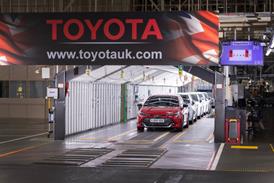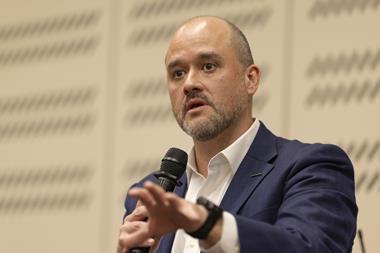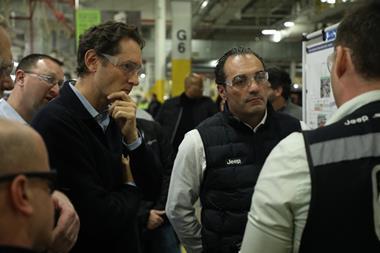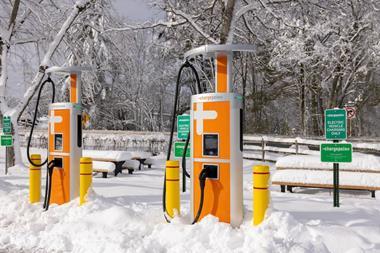
If automotive logistics providers operating in Russia are to make the best of the optimistic forecasts expressed this week in St Petersburg they will need to improve rail and intermodal services, as well as be flexible and adaptive when it comes to the country’s ever-changing customs procedures, according to several leading logistics providers.
As was clear during the opening morning of the Automotive Logistics Russia conference, the automotive industry in the country is labouring under obsolete technology and a lack of state policy in place for its development. It is also facing poor quality management in its supply base, with only 5% of Russian suppliers meeting international quality standards. Alexey Serezhenkin, deputy executive director for the Association of Russian Automakers, was clear that lack of innovation and resources were continuing to hold back the massive potential for Russia’s car industry.
Likewise, moving vehicles and parts is hampered by an underdeveloped infrastructure and the legacy of a still lingering Soviet-era approach to logistics tied closely to military precedents. The setback that such logistics problems incur has been seen recently in the domestic market where Avtovaz failed to cope with the demand generated by the Russian scrappage scheme, which saw Lada taking close to 81% of the 200,000 certificates issued.
Logistics is in desperate need of a global vision for its supply chain, according to Christian Zbylut, CEO for Eastern Europe, Russia and Central Asia (pictured), which he believes logistics providers from outside Russia can offer through strategic partnerships–Gefco, for example, is about to announce two in Russia in the form of joint ventures.
With a domestic supply base still lagging behind, imported parts and kits present a real challenge for logistics providers, requiring up to 600 suppliers to be consolidated at the Russian border, as well as the coordination of hundreds of container shipments from Asia by sea and rail to different entry points. With lead times for ocean transport up to 40 days, Zbylut emphasised how the development of rail routes was essential and that multimodal business should be the dominant mode for Russia–but he said it would fail to gain market share without a reduction in costs.
Customary problems
As the industry holds its breath to discover what the full implications of Russia’s new customs legislation to create a customs union with Belarus and Kazakhstan will be (to be announced at the beginning of July), a flexibility of approach was seen as essential for LSPs. The market has also struggled with recent changes in Russian customs procedures to locate offices closer to the border. “The last two months have been a disaster here in St Petersburg with the shift in the customs location… so we have to be creative in looking for other ways,” said Zbylut.
For carmakers and logistics providers, Russian customs has always been uncertain. Volkswagen Rus’s head of group service division, Jan Bures, voiced the opinion of many delegates when he said that there was too little transparency and that, rather than a form of regulation, it was more often a money-maker for the government, something NYK Europe’s Svein Steimler, executive vice president, equated with the Mafia in a more candid moment.
For all its frustrations, there is still great potential for automotive production and logistics in Russia. Volumes this year are expected to rise modestly from last year to between 1.5-1.7m vehicles. And for a country with large oil reserves and a low rate of car ownership, the opportunities are obvious; it may take years before the market regains its 2008 peak above 3m units, but as NYK’s Steimler put it, “patience is a virtue.”
The Automotive Logistics Russia conference continues today and tomorrow in St Petersburg. A full report from the event will be available online by the end of the week here.








































